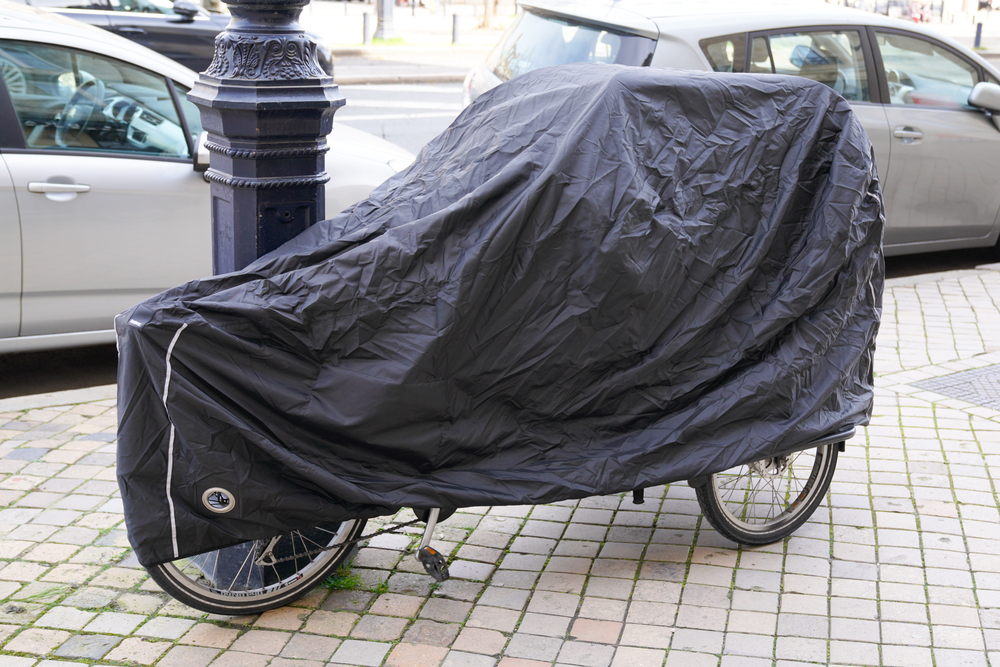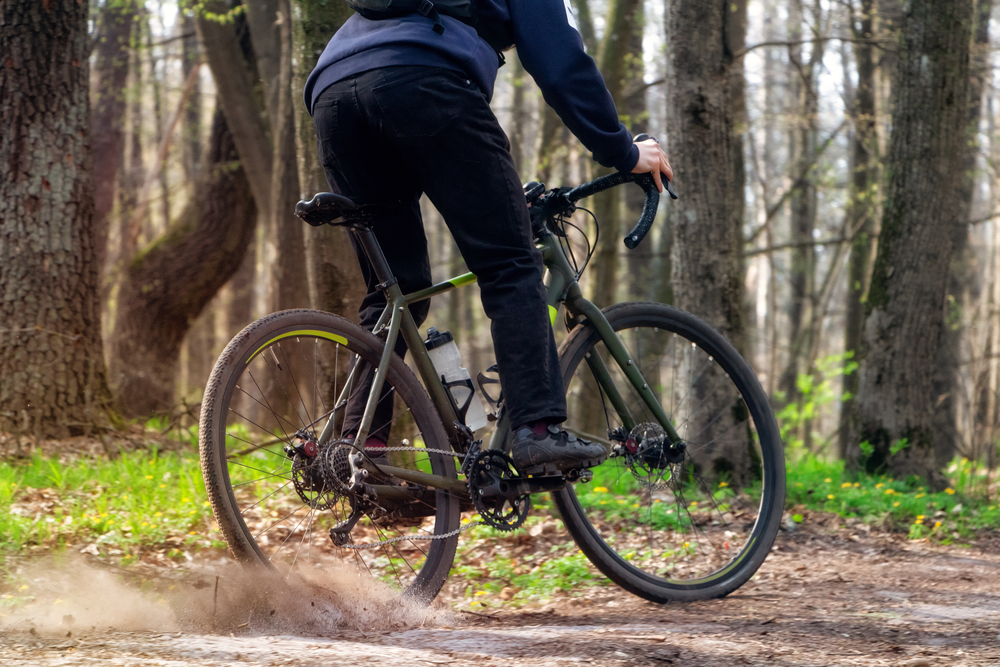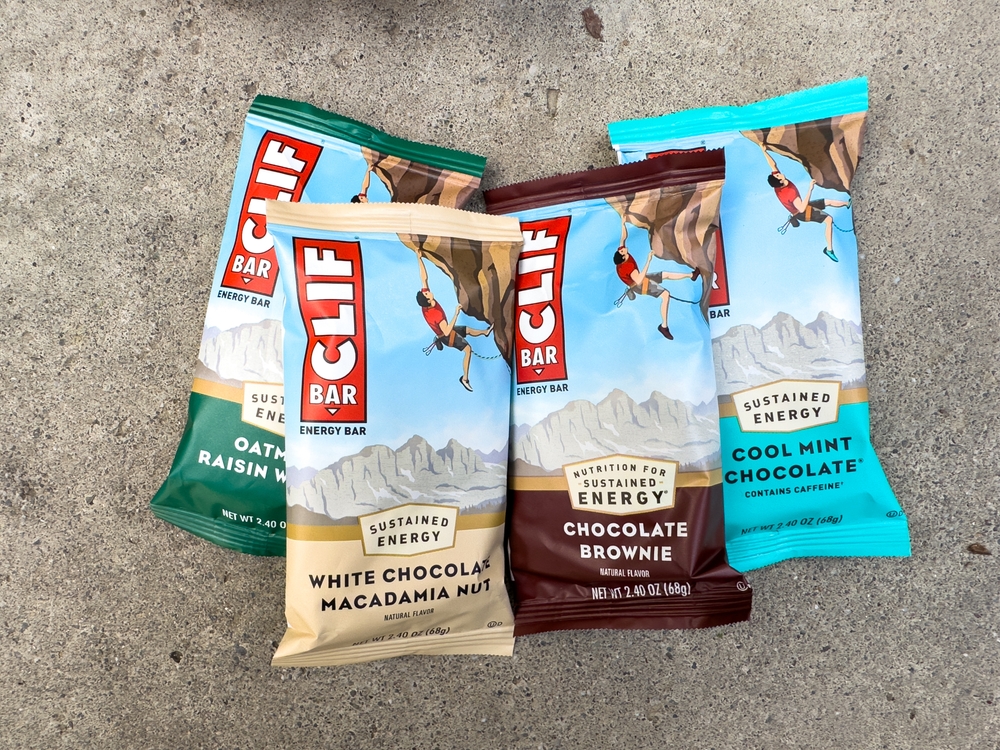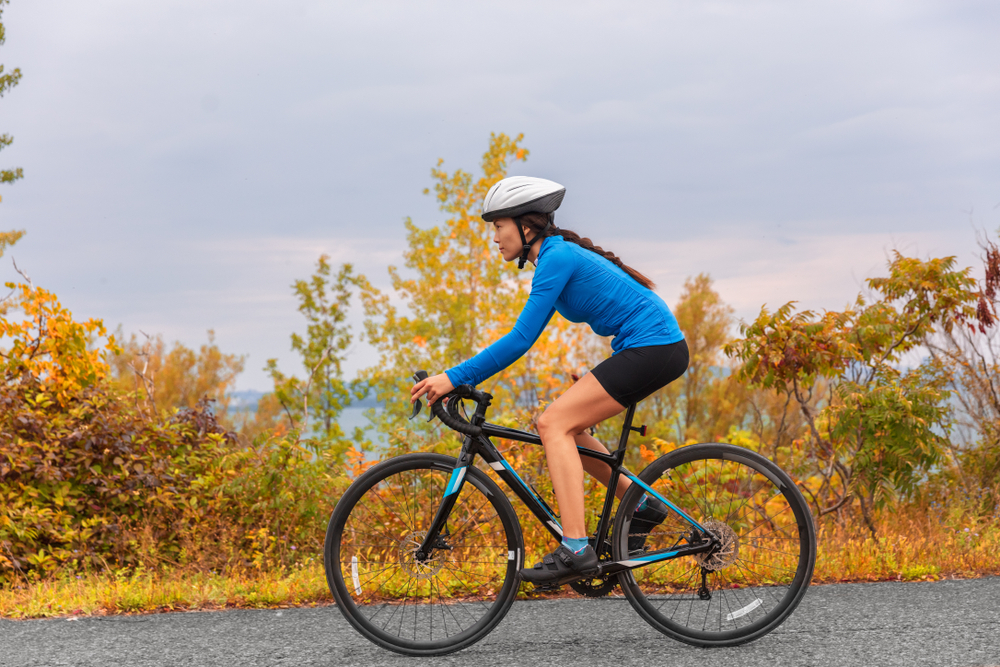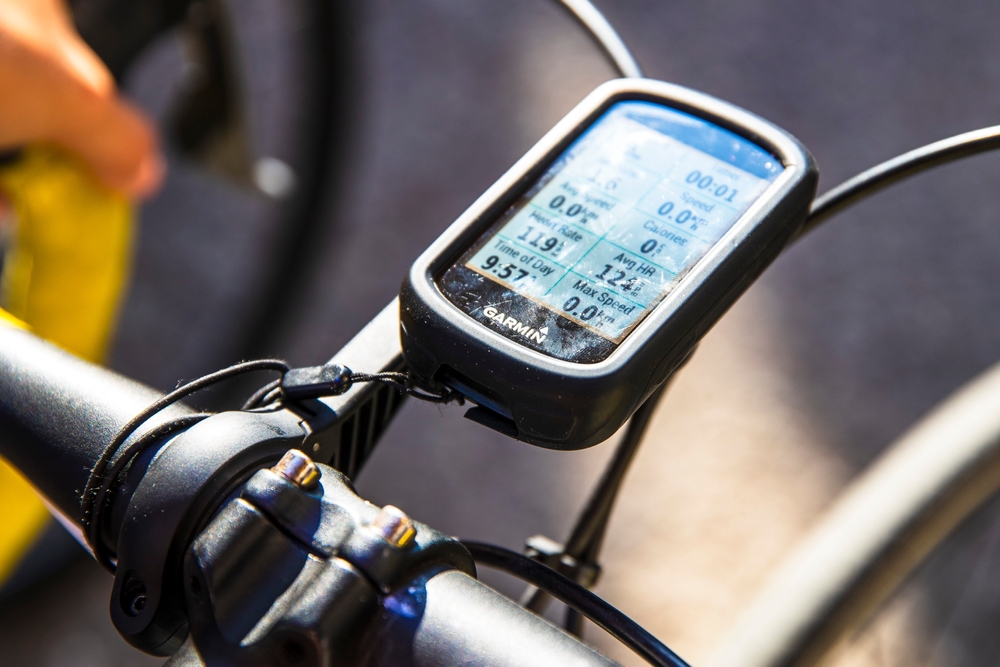Tubeless Bike Tires
Tubeless bike tires have gained significant attention in the cycling world. They offer several advantages over traditional tubed tires. Riders have found that they provide better performance in various conditions. Here’s a comprehensive look at tubeless tires, their benefits, how to set them up, and tips for maintenance.
What Are Tubeless Bike Tires?
Tubeless bike tires are similar to traditional clincher tires but without the inner tube. Instead, the tire creates an airtight seal with the rim, which is also designed to be tubeless compatible. When used with sealant, this setup can self-seal punctures.
Benefits of Tubeless Bike Tires
There are several advantages to using tubeless tires. One of the main benefits is the ability to run lower tire pressures. Lower pressure increases the contact patch with the ground, improving traction and stability. This is particularly beneficial for mountain biking and off-road riding.
Another advantage is the reduction of pinch flats. Pinch flats occur when the inner tube gets pinched between the tire and the rim, causing a puncture. Without an inner tube, this type of flat is eliminated. The use of sealant in tubeless tires also means that small punctures can be automatically sealed, reducing the likelihood of a flat tire.
Many riders report a smoother ride with tubeless tires. The absence of an inner tube allows the tire to conform better to the terrain, absorbing shocks and vibrations more effectively. This can lead to increased comfort on rough roads and trails.
Setting Up Tubeless Bike Tires
Setting up tubeless tires can be a bit more involved than installing traditional tires. Here’s a step-by-step guide to help you through the process.
Check Compatibility
Firstly, ensure that your rims and tires are tubeless compatible. Most modern rims and tires will have this information printed on them. Tubeless-ready rims have a specific design that helps create an airtight seal.
Preparing the Rim
Start by cleaning the rim thoroughly. Remove any old adhesive or debris that could prevent a proper seal. Next, install tubeless rim tape. This tape covers the spoke holes, preventing air from escaping through them. Ensure the tape is smooth and that there are no air bubbles.
Installing the Tubeless Valve
Insert the tubeless valve through the valve hole in the rim. Tighten the valve nut to ensure it’s secure and airtight. Some valves come with removable cores, which can make the next steps easier.
Mounting the Tire
Install one side of the tire onto the rim. Pour the recommended amount of sealant into the tire. Some riders prefer to use an injector through the valve for a cleaner installation. Mount the second side of the tire, ensuring that the bead seats properly on the rim.
Seating the Bead
Seating the bead can be challenging. Use a high-volume pump or an air compressor to quickly inflate the tire. This rapid inflation helps the tire bead snap into place, creating an airtight seal. In some cases, a boost inflator or CO2 cartridge can provide the necessary burst of air.
Sealant Distribution
Once the tire is inflated, rotate and shake the wheel to distribute the sealant evenly. This helps ensure that any small leaks are sealed. Check for leaks by spraying soapy water around the tire and watching for bubbles.
Maintenance Tips for Tubeless Tires
Regular maintenance is key to getting the most out of your tubeless setup. Here are a few tips to keep your tires in good condition.
Monitor Sealant Levels
Sealant can dry out over time. Check the sealant levels every few months and top up as necessary. Most manufacturers recommend adding fresh sealant every three to six months.
Inspect for Damage
Regularly inspect your tires for cuts, punctures, or sidewall damage. Small punctures should seal automatically, but larger cuts may require a patch or tire plug. Replace tires with significant damage to prevent blowouts.
Check Air Pressure
Even tubeless tires can lose air over time. Regularly check and adjust the tire pressure to ensure optimal performance. Lower pressures are beneficial for traction and comfort, but too low can increase the risk of burping or tire roll-off.
Keep the Valve Clean
Sealant can clog the valve core, making it difficult to inflate the tire. Periodically remove and clean the valve core to ensure it operates smoothly. A clogged valve can be a hassle, especially in the middle of a ride.
Addressing Common Challenges
While tubeless tires offer many benefits, they can also present some challenges. Here’s how to address common issues.
Seating Stubborn Beads
If you’re having trouble seating the bead, try using soapy water on the tire bead and rim. This lubrication can help the bead slide into place more easily. Alternatively, a tire lever can assist in seating the final section of the tire.
Fixing Persistent Leaks
Persistent leaks can be frustrating. First, check that the rim tape is properly applied and not damaged. If the tape is good, inspect the tire bead and rim for damage. Small leaks around the valve can often be fixed by tightening the valve nut or adding a bit of sealant around the base of the valve.
Handling Large Punctures
Large punctures might not seal with just sealant. For these, a tire plug kit can be a lifesaver. Insert the plug into the hole and let the sealant do the rest. In case of a severe cut, a tire boot or patch from the inside might be necessary to get you home.
Choosing the Right Sealant
Different brands and types of sealant offer various benefits. Latex-based sealants are popular due to their quick sealing properties. Some sealants are designed to work better in colder temperatures, while others are formulated to last longer. Research and choose a sealant that fits your riding conditions and frequency of maintenance.
Transitioning from Tubed to Tubeless
Switching from traditional tubed tires to tubeless can seem daunting, but it’s manageable with the right approach. Start by ensuring your current rims are tubeless-ready or consider investing in a new set of tubeless-compatible rims. Follow the setup steps carefully and don’t hesitate to seek assistance from a local bike shop if needed. The performance gains can be well worth the effort.
Environmental Impact
Tubeless tires can be more environmentally friendly than tubed tires. They generally last longer and reduce the waste associated with discarded inner tubes. Additionally, tubeless setups often result in fewer punctures, meaning less frequent tire replacements and repairs. This longevity can contribute to a greener cycling practice.
Popular Brands and Products
Several brands lead the market in tubeless technology. Schwalbe, Maxxis, and Continental are known for their high-quality tubeless tires. Stan’s NoTubes and Orange Seal are reputable for their reliable sealants. When choosing products, consider factors like durability, compatibility, and specific riding needs.
Tubeless Tires in Different Cycling Disciplines
While popular in mountain biking, tubeless technology has also made significant inroads in road cycling, cyclocross, and gravel riding. Each discipline benefits from the improved traction, reduced flats, and enhanced ride quality that tubeless systems provide. Road cyclists can enjoy a smoother ride on rough pavement, while gravel riders benefit from increased grip on loose surfaces.
Understanding Tubeless-Ready vs. Tubeless-Compatible
Tubeless-ready tires are designed specifically for tubeless setups and usually feature a tighter bead for better sealing. Tubeless-compatible rims, on the other hand, can be used with both tubeless and tubed tires. It’s essential to match the right tire and rim combination for optimal performance. Using rim tape is crucial for tubeless-compatible rims to ensure an airtight seal.
Emerging Technologies
Advancements in tubeless technology continue to emerge. Manufacturers are experimenting with new materials for sealants, puncture-resistant layers, and improved bead designs. These innovations aim to make tubeless setups more user-friendly and reliable. Keeping an eye on these developments can help cyclists stay ahead of the curve.
Incorporate tubeless tires into your cycling routine and experience the benefits for yourself. The initial setup and maintenance might require a bit more effort, but the results are often worth it. Enhanced performance, fewer flats, and a smoother ride can make for a more enjoyable and worry-free cycling experience.
“`

